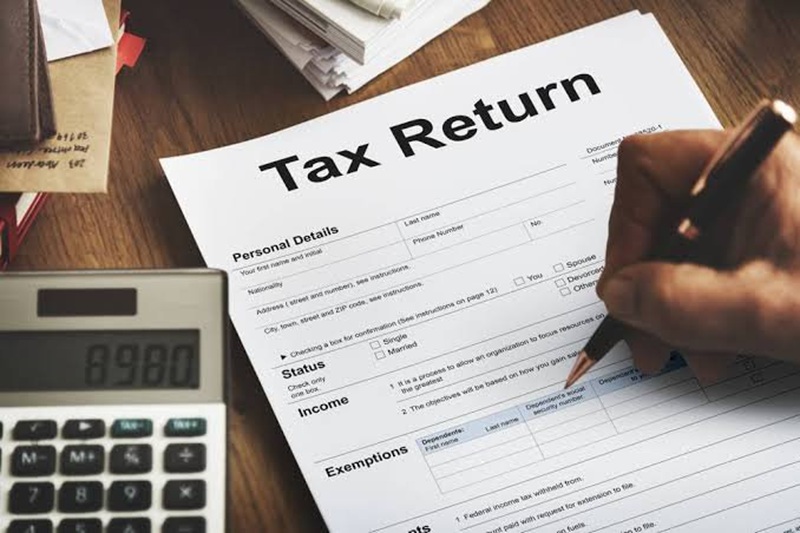
(C): Twitter
As India’s freelancer and creator economy develops, independent workers face unique issues related to tax. The deadline to file income tax returns (ITR) has been extended to September 15, 2025, so it’s important for freelancers, creators and gig workers to understand their tax obligations and what ITR form they need to use.
Which ITR Form Should You Choose?
| Category | ITR Form | Eligibility & Key Point |
| ITR‑4 (Sugam) | ITR‑4 | Presumptive scheme (Section 44ADA). Applicable if total receipts are up to INR 50 lakh (or INR 75 lakh with primarily digital transactions). You are taxed on 50% of your total receipts and you are not required to maintain detailed books on all receipts. |
| ITR‑3 | ITR‑3 | For those with more income, if you want to claim actual expenses. It will be mandatory if you keep books of accounts and receive other income like capital gains or rental income. |
How Freelancers Are Classified
The Freelancers are not a separate legal entity; they are earning under “business or profession”, as stated in the Income Tax Act, based on the nature of work done. This classification will have implications for choosing the form and whether you can claim meaningful deductions.
What Deductions Can You Claim?
No particular deduction will be made under Section 44ADA taxable income is determined as 50% of the gross, automatically.
If you file ITR-3, you generally claim actual expenses such as laptops, internet, software, travel, etc., and produce the documentation to back the claim.
Records to Maintain
Invoices/receipts.
Contracts or client emails.
Bank statements or images of payments.
Travel expenses & receipts logs.
This backup is critical in assessors, auditors and assessment reviews.







